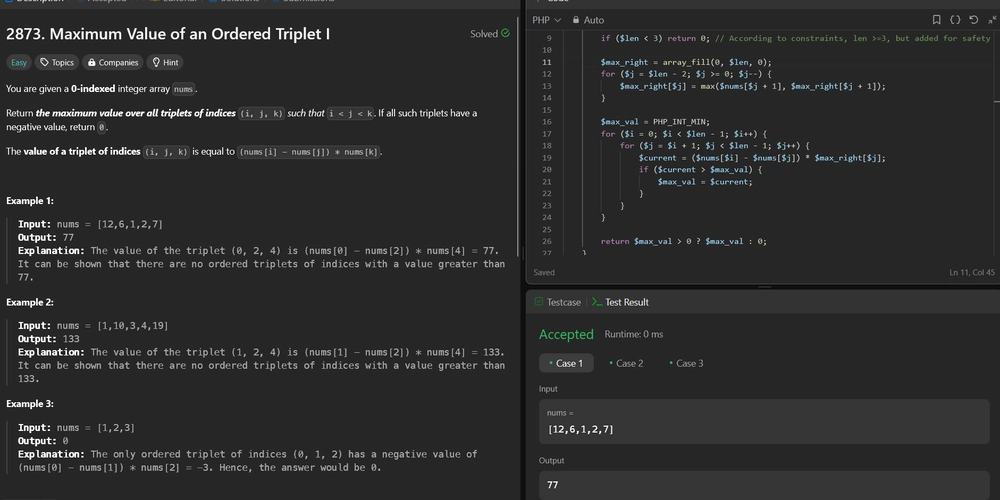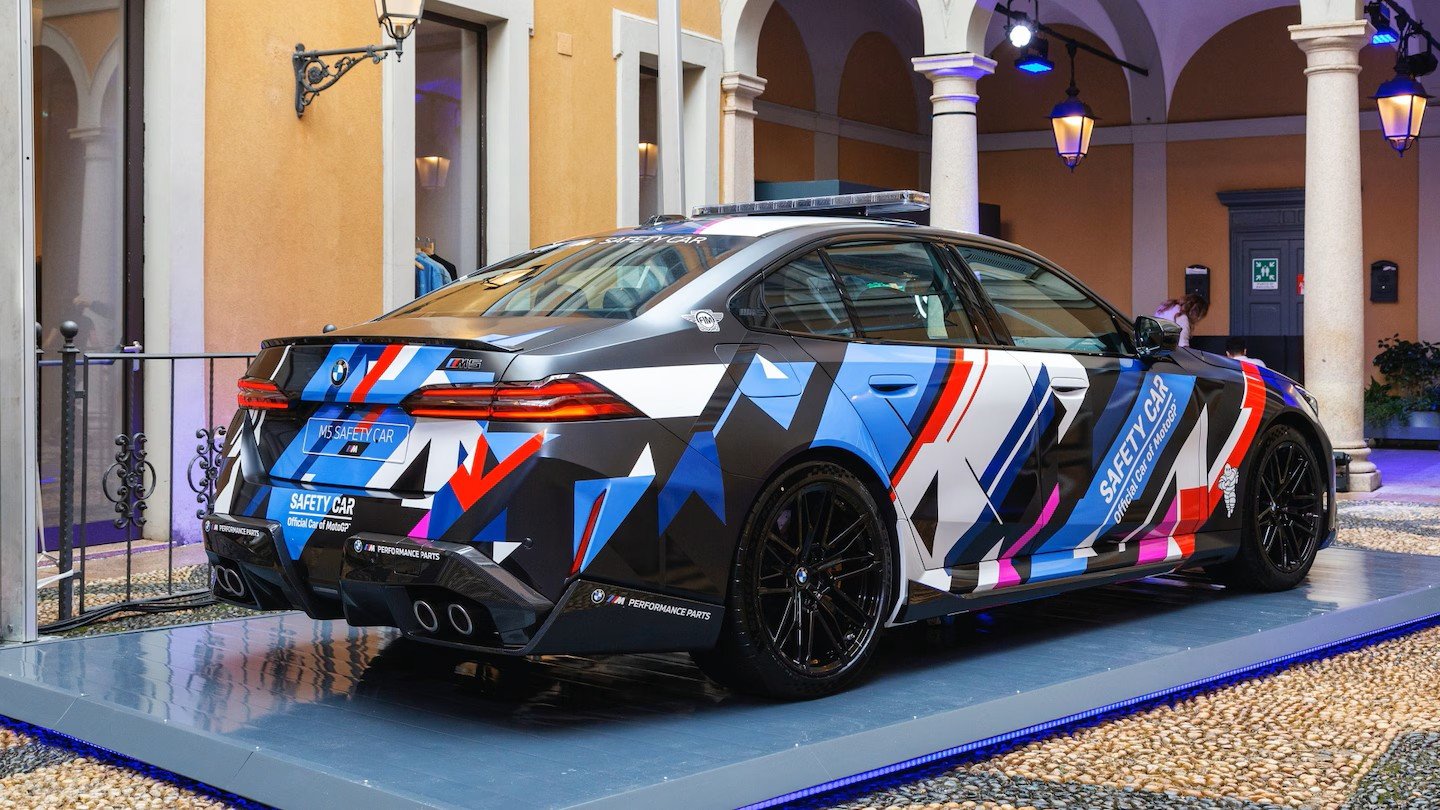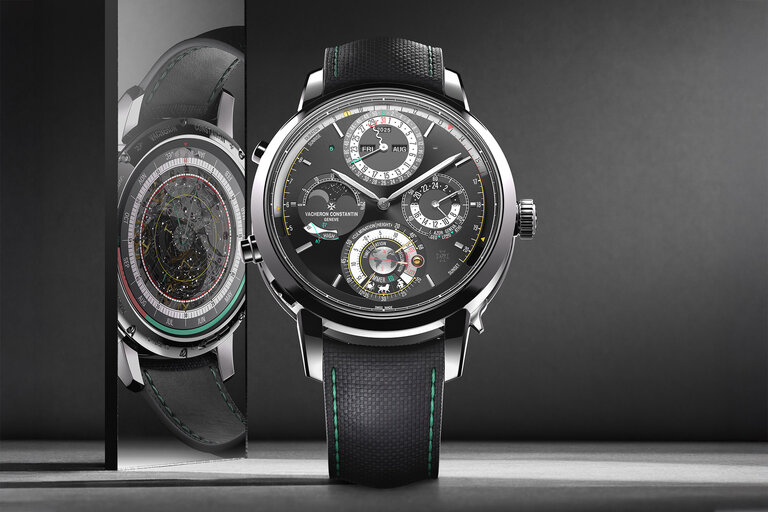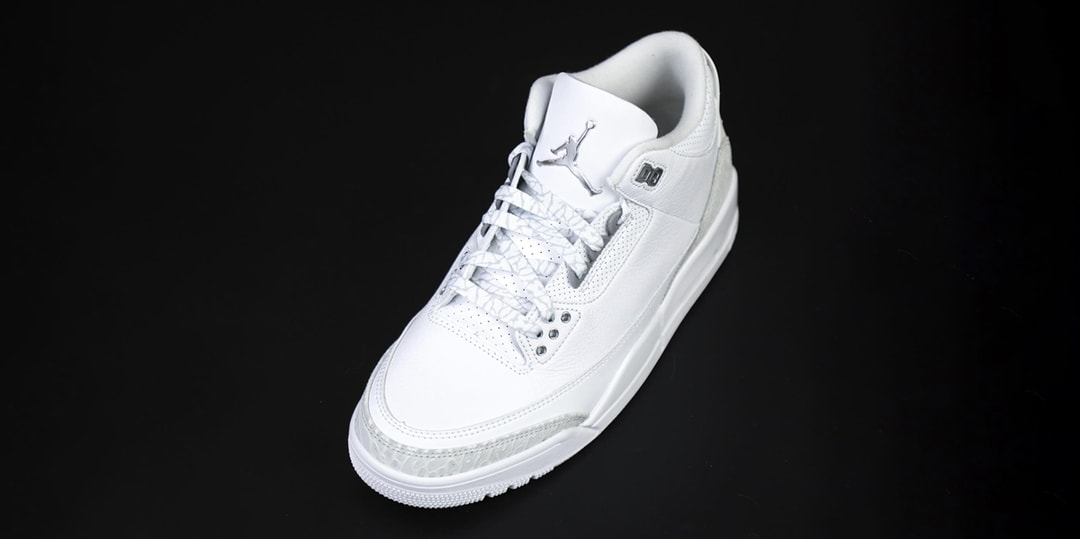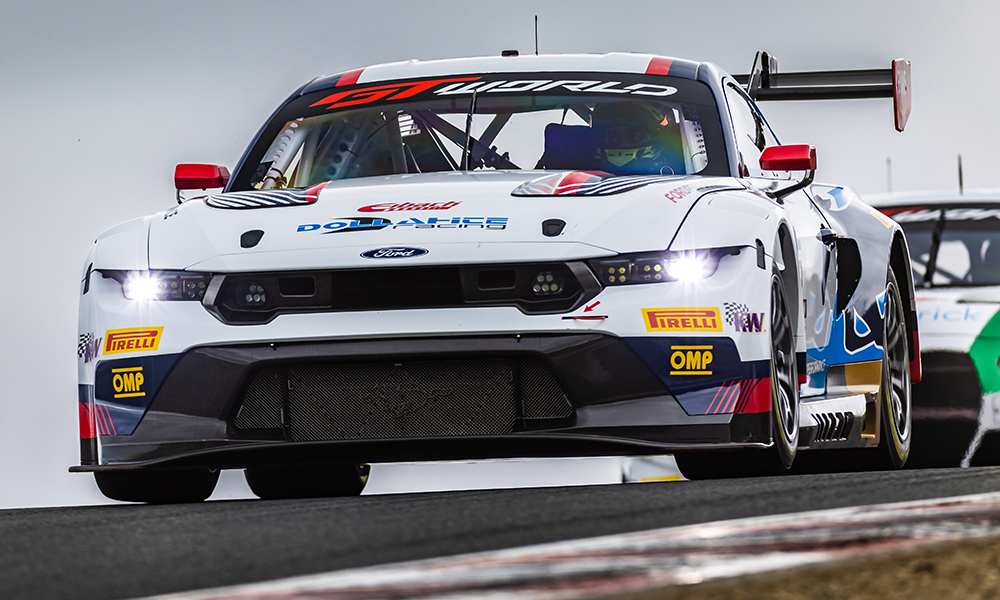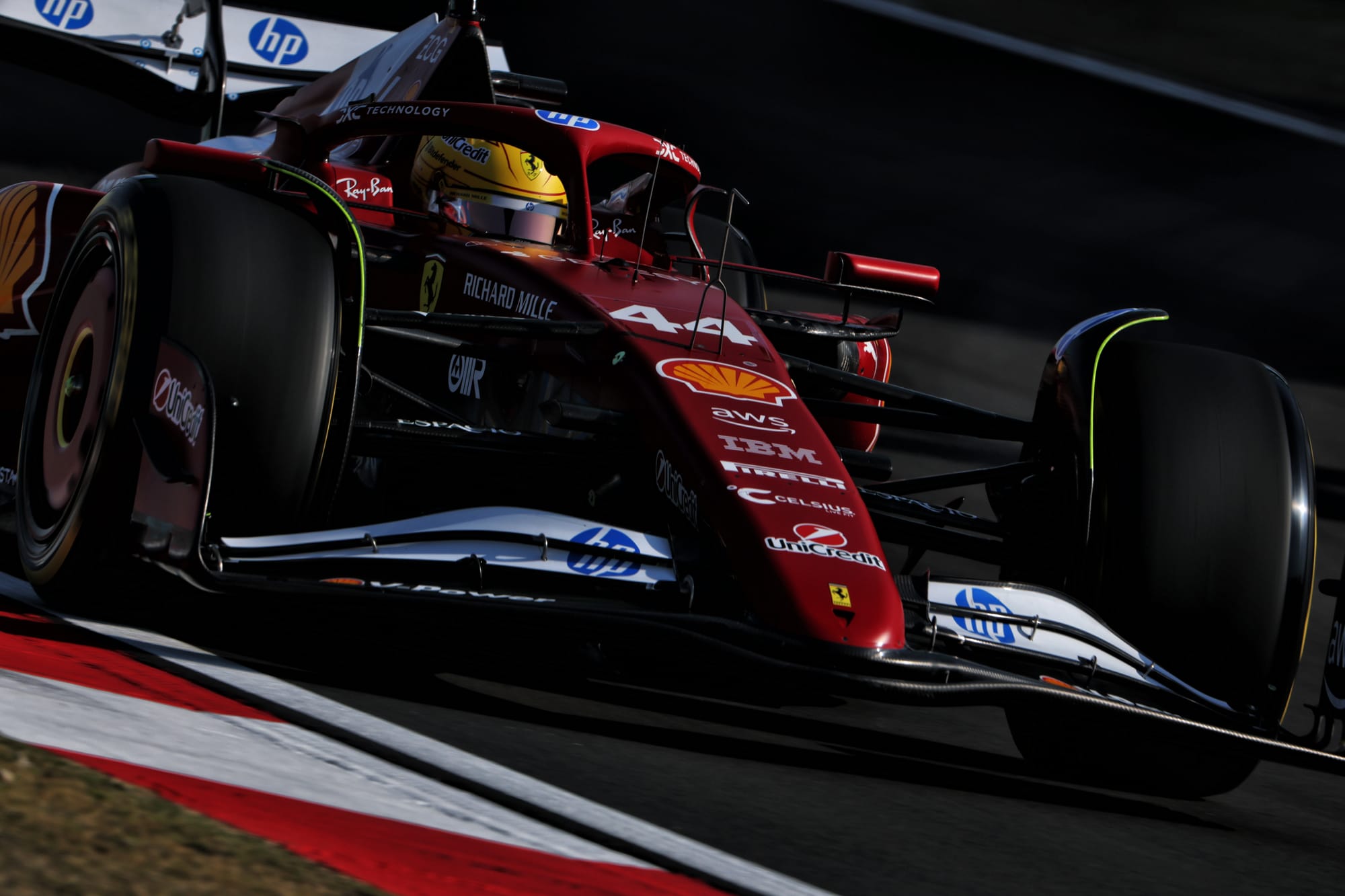Ferrari emphasizing reliability with 2025 Hypercar updates
Ferrari AF Corse is bringing a suite of reliability-focused updates and an updated livery design for its 499Ps to the FIA World Endurance (...)

Ferrari AF Corse is bringing a suite of reliability-focused updates and an updated livery design for its 499Ps to the FIA World Endurance Championship in 2025, as it looks to score a third consecutive win at Le Mans and claim its first Hypercar World Endurance manufacturers’ championship.
The factory cars will continue to race in red with yellow stripes, though the design and color tone have been tweaked for the brand’s third season in Hypercar.
The base red is darker than the shades used in 2023 and 2024 and gives the nod to a number of successful Ferrari race cars from the past. Meanwhile, yellow “Giallo Modena” stripes return to the cockpit, though this time they extend to the side pods rather than the lower section of the car’s side. The wrap also features “a glossy finish optimized for high car visibility, particularly at nighttime, with matte accents that align with Scuderia Ferrari’s Formula 1 design.”
Beneath the bodywork, the car has been tweaked, too. Following the introduction of a performance Joker mid-season in 2024, which featured a redesigned brake cooling duct system and, aerodynamically, the addition of flicks beneath the front headlights, Ferrari has gone further for 2025 with tweaks focused on durability.
“The car looks similar; there are no bodywork changes, no ‘Jokers’ in play for the season, but we spent the last half of the 2024 season and the winter working. We have improved the reliability side,” said Ferdinando Cannizzo, the head of endurance race cars at Ferrari.
“It was a big effort. There are several modifications under the skin that don’t count as Jokers. I would say 50 percent of the modifications have been made for reliability, a quarter related to new regulation updates like the position panel and the last quarter on interventions that we did for performance improvements that are not changes to the car, but a better interpretation of our car to exploit aero, tires and our potential.”
Over the past 12 months, Ferrari has tested the 499P at a range of circuits, most recently the Lusail Circuit in Qatar last month ahead of the season-opener, and completed around 15,000km over roughly 16 days. It’s an impressive total when the restrictions imposed on the Hypercar manufacturers by regulation are factored in.
Cannizzo explained that Ferrari pushed to maximize each day of track time to increase mileage. It did this by frequently running its test cars from 8 am to midnight instead of 9am to 5pm.
“For a good validation,” he continued. “Eight to 10 thousand (kilometers of track testing) is what you need to have a solution that’s properly validated. That’s the difficulty in developing something with such big restrictions on testing time.”

When asked by RACER for more detail on the areas that these evolutions target, Cannizzo said that “every area of the car has been impacted by modification.”
“I cannot say there is one specific area,” he continued. “We did minor or significant modifications in terms of reliability in areas like suspension, the looms, the electrical stuff, structural stuff, all the areas that can give us a car that is more robust and confident to drive on the edge. These can have an impact on performance, not on nominal performance but probably in consistency.”
The 499P has shown on numerous occasions over its first two seasons that it is capable of producing race-winning pace in the most important races of the season. Reliability, though, became an area of concern for Ferrari in 2024, despite – as Cannizzo proudly pointed out – it being “one of three manufacturers that finished every race with one car together with Porsche and Toyota.”
The No. 51 crew finished eighth in the standings last year after suffering DNFs at COTA and Fuji in the second half of the season caused by transmission and hybrid failures respectively. The No. 83 car, which by regulation will also be updated in line with the factory cars, was also hit by a terminal hybrid issue at Le Mans last year, though it was not the same “fault in the power electronics” related to the way some parts were produced that ended the No. 51’s race in Japan.
In order to take the next step and fight for the title over the course of the season in ’25, Ferrari believes the combination of incremental improvements to the car’s durability and experience gained over two years in the championship will make a key difference.
“We are still a very young team,” Cannizzo stressed. “At every race, we try to learn something. We made an effort at the end of last season and in the winter to learn from every situation. To win this year, we definitely need the performance of the car, but we need to be excellent in all the operations and strategic decisions; otherwise, we lose important points.”
Looking further ahead, he also reiterated that further Joker updates to the 499P are being worked on, following the updates introduced at Interlagos last year. However, these will not be introduced before 2026 due to new restrictions being placed on in-season performance updates. While Cannizzo explained that a ban has not been written into the regulations for this year – an option which has been discussed by the FIA and IMSA in recent months – he confirmed a guideline is now in place.
“While we are preparing for this season, the tests we did and we are going to do are focused on the future,” he said. “We are preparing modifications for next season or 2027.”









